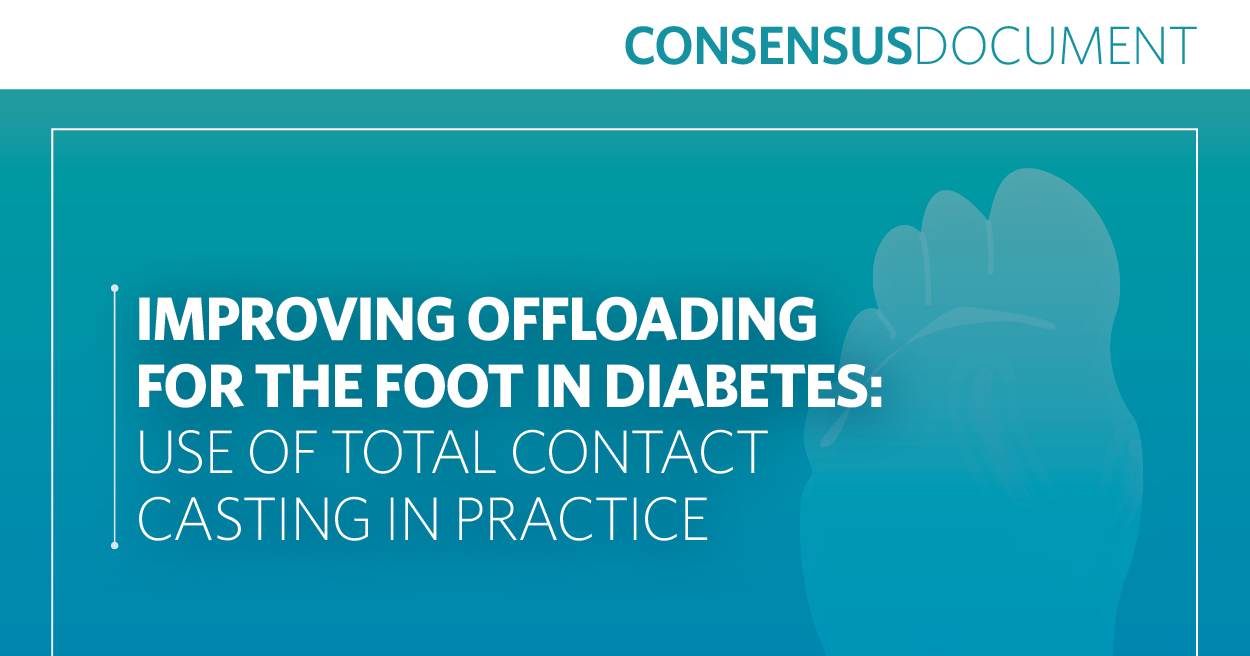Carrying on the series of articles that aim to provoke debate and stimulate discussion among the readers of The Diabetic Foot Journal that began with some uncomfortable facts about screening last quarter, we move on to death. Death is the final outcome for everyone. When we die and how we die is rarely our own choice, but all we can hope for when the time comes is a peaceful and swift end. While all the efforts that we put into amputation prevention are laudable and necessary, it is a sad fact that in a 5-year timeframe, people with diabetes foot ulceration are at least nine times more likely to die than they are to lose a leg (Vadiveloo et al, 2018).
This journal has previously published an article proposing that we discuss death more openly with our patients (Fox and Smith-Burgess, 2018), however, there are problems with this approach. Firstly, I am unsure that we even have effective amputation discussions, and secondly, if we raise the prospect of dying, we should be able to put real numbers on that risk and be able to offer effective ways to delay a premature death. In addition, the wider multidisciplinary team need to develop communication skills to the point where these conversations are no longer frightening for the patient and they have the tools to cope with the inevitable fall out that ‘breaking bad news’ scenarios produce (NHS EVIDENCE, 2019). As a communication skills tutor for many years, I would urge that before having such conversations, all healthcare practitioners attend regular communication skills updates. At present, this is only compulsory for some junior doctors in training in a limited number of specialties. I believe it should be for all of us.
Risk of dying
It is now more than 10 years since my unit published the results of our efforts to reduce mortality in diabetes foot ulcer patients by maximising cardiovascular secondary prevention (Young et al, 2008). At that time, the average 5-year mortality in a series of studies of ulcer patients around the world was 49%. In Edinburgh, we managed to reduce this to 28%. Six years later, Faglia et al (2014) published similar results in their centre from a combination of statin and angiotensin-converting-enzyme (ACE) inhibitor treatment for diabetes foot ulcer patients. They did not look at anti-platelet therapy but, for me, clopidogrel or aspirin is another must have treatment for patients with diabetes foot ulcers.
Smoking rates are still high in patients with diabetes and even higher in foot ulcer patients. Smoking cessation referrals should be a regular part of our care. This will improve healing and reduce the long-term cardiac risks for our patients. Although the advice to reduce cardiovascular risk in diabetes foot ulcer patients has been included in the SIGN and NICE guidance (NICE, 2015), it is not a level 1 recommendation as these were both observational studies without the power of a true prospective randomised study, but produced similar improvements in high-risk patients to those seen in the large cardiovascular studies of the 1990s. It perhaps explains why these studies are not being universally adopted. In 2016, Walsh et al published a review of over 20,000 foot ulcer patients in England and reported that 5-year mortality in diabetes foot ulcer patients is still 42%, and 4% of the National Diabetes Foot Care Audit patients had died within 24 weeks of first ulcer in 2017 (NHS Digital, 2019).
So despite the potential to reduce premature death in our patients, mortality rates do not appear to be reducing significantly and until we are prepared to take steps to do something about this I would suggest that opening up the conversation about how likely a patient is to die is unsurprisingly not something that is happening widely. If I was told that I have a 50% chance of dying in the next 5 years, I would want to know what can be done to reduce that risk. If we wait for conclusive proof then patients will continue to die prematurely and conversations will remain very difficult if we do not offer at least the potential for reducing harm.





